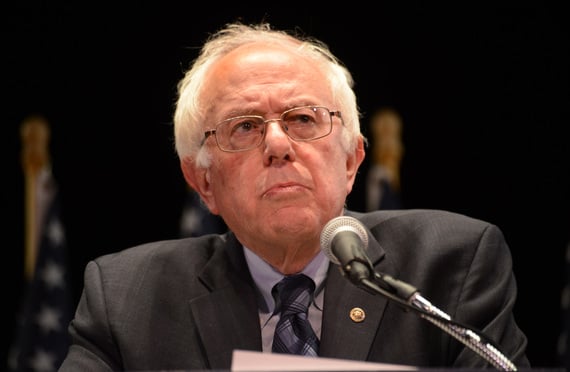 The U.S. isexpected to face a projected shortage of 250,000 behavioral andmental health specialists by 2025.
The U.S. isexpected to face a projected shortage of 250,000 behavioral andmental health specialists by 2025.
Even before the COVID-19 pandemicspurred many health care professionals to deemphasize face-to-facetreatment, virtual consultations were being touted as a viable andeffective way to help control spiraling costs and reach themillions of Americans who struggle to accesscare.
|A recent study by Accenturefound that the use of virtual behavioral health techniques couldopen up treatment to an estimated 53 million people in need ofmental health and substance abuse treatment.
|Related: Risk of employee mental health conditions remains'alarmingly elevated'
|The report, "BreakthroughBehavioral Health Access: Think Virtual," relied on a survey of 3,448 individuals 13and older who had been diagnosed with or had symptoms of mentalhealth issues like depression, anxiety, PTSD or declared that theyhad addiction problems.
|The report said that only 43% ofadults suffering from such issues are currently receivingtreatment, and cites a number of reasons for that shortfall: thecost of treatment may be prohibitive; some people think they canwork through issues on their own; and there is still a socialstigma to admitting one needs help with a mental health orsubstance abuse problem.
|"Access to behavioral health careis especially challenging," it said. "It is difficult to find abehavioral health clinician, and when one is available, the averagewait time for the first appointment is 25 days. This is a lifetimefor people in crisis."
|The report said that situation isonly likely to worsen, with a projected shortage of 250,000behavioral and mental health specialists by 2025.
|Virtual treatment can greatlyreduce the strain on the system, but there is still a reluctance touse remote consultations among the public. Asked what sort ofbehavioral health interactions they'd had over the past threeyears, 55% of consumers said they'd involved in-person sessionswith a doctor or other professional.
|Another 38% said they'd usedvirtual treatment, most of them likely to have been in the past fewmonths after the COVID-19 outbreak.
|"Just 22% had these sessions overthe phone, and only 14% participated through video chat," thereport said.
|The survey found that the cost ofbehavioral health care is a key factor in the public's reluctanceto seek it out, with 44% of respondents saying such services mustbe low-cost or free.
|The study found that youngerAmericans were far more likely to embrace virtual behavioral healthtreatment.
|Accenture Senior ManagingDirector Rich Birhanzel, who heads to companies global healthpractice, said the coronavirus has only intensified the need formore options and flexibility in the nation's health caresystem.
|"The behavioral health crisis inthe U.S. isn't new, but the pandemic is clearly exacerbating it,"said Birhanzel in a statement accompanying the report'srelease.
|"The rapid expansion of virtualcare models during lockdown in the current pandemic created newexpectations for effective and reliable health care at a distance,"he said. "While our research found that only 38% of respondentshadn't been widely using a virtual channel for such treatment inthe prior three years, they're now overwhelmingly willing to doso."
|Read more:
Complete your profile to continue reading and get FREE access to BenefitsPRO, part of your ALM digital membership.
Your access to unlimited BenefitsPRO content isn’t changing.
Once you are an ALM digital member, you’ll receive:
- Critical BenefitsPRO information including cutting edge post-reform success strategies, access to educational webcasts and videos, resources from industry leaders, and informative Newsletters.
- Exclusive discounts on ALM, BenefitsPRO magazine and BenefitsPRO.com events
- Access to other award-winning ALM websites including ThinkAdvisor.com and Law.com
Already have an account? Sign In
© 2024 ALM Global, LLC, All Rights Reserved. Request academic re-use from www.copyright.com. All other uses, submit a request to [email protected]. For more information visit Asset & Logo Licensing.







